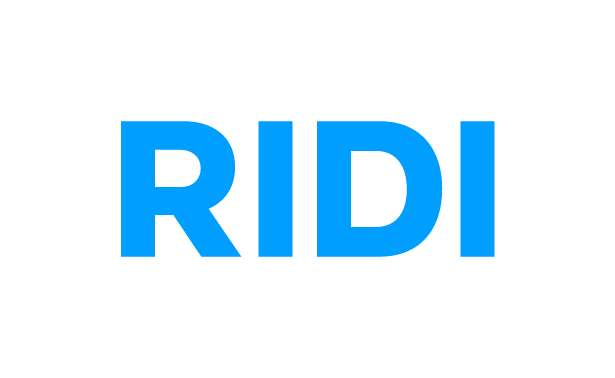All businesses know the importance of engaged employees. And a big part of this engagement relies heavily on a solid system of solutions that can support staff throughout their employment, starting with onboarding, through training and development, all the way to payroll and retention. This is why Simployer is such a successful enterprise.
Simployer is a Scandinavian HR technology and knowledge provider offering state-of-the-art HR solutions and knowledge services. It delivers tools that help businesses streamline their HR needs and is focused on unleashing the full potential in people.
Allowing businesses to focus more on their core operations and strategic goals is something that Simployer applies to itself, which is why it recently chose Slack as its primary communication and collaboration platform. Cornelia Bjørke-Hill, Head of Group Communications and PR at Simployer explains: “We were using Teams for meetings, town halls, and projects, Slack for our tech teams, and Workplace for everything else. It became chaotic. Slack is now our primary tool for collaboration and information.”
This decision came at the perfect moment when Meta announced that it would retire Workplace. “We launched Slack to all employees just days before Workplace was sunset, I call that perfect timing!” remarks Bjørke-Hill.

“Slack is the main channel for all internal communications. For example, if people write something on Teams, we’re not expected to answer. Instead, we ask to have the conversation in Slack.”
Platforms such as Slack are a must in today’s workplace
Simployer has seven offices in four countries and continues to grow. Acquisitions bring large groups of new employees into the fold, making a virtual platform for collaboration and communication a necessity. “It’s a must-have because the world is hybrid now,” comments Bjørke-Hill. “I think that people who don’t invest in internal communication tools are losing a lot of cultural benefits.”
During the pandemic, companies had no choice but to find quick solutions for remote work. Now, they can be more discerning and deliberate in their choices. The fact that Simployer had experienced Workplace and knew what remote work required from its staff, meant the company could make an informed decision. And it was easy, with half the employees already using Slack before the implementation.
“We took the best of Workplace and added better and wider communication with Slack,” Bjørke-Hill says. To ease the transition, she created a handbook and communicated separate messages to employees already using Slack and to those who were new to it to unify the platform’s use.
Opening communication for an international workforce
The company now has five main Slack channels. Each office also has its local channel but, beyond that, employees and departments are encouraged to create channels, with Teams reserved for video conferencing and certain projects only.
“Slack is the main channel for all internal communications. For example, if people write something on Teams, we’re not expected to answer. Instead, we ask to have the conversation in Slack,” explains Bjørke-Hill. “We’ve really enforced this because when we have different options for communication, it becomes a big mess. We have to be strict with a clear channel strategy about what to use and when.”
The change in communication meant moving away from direct messages and opening conversations to a wider audience. This has not only helped gather everyone in one place but also created a more efficient way of sharing information.
“When salespeople have a question about a specific product, all 100 of them can see the answer,” says Bjørke-Hill. “And the product team only has to explain it once instead of dealing with multiple messages with the same question or having different people send slightly different answers each time. Slack channels streamline communication to make things easier and less time-consuming.”
“Slack channels streamline communication to make things easier and less time-consuming.”
A quick, informal survey among employees of all ages—from twenty-somethings to those about to retire—showed that moving to Slack was easy which, for Bjørke-Hill, means a job well done. The platform’s impact on everyday tasks keeps growing as new tools are implemented or earmarked for the future. For example, an AI bot will simplify work for the company’s HR department and its HR customers, while Confluence, Jira, and Outlook are already used daily and Slack Connect supports external collaboration.
Even the simple search function makes life easier for everyone. “Most people have given me feedback that the search function is so much better,” Bjørke-Hill says. “You get much more out of the search. You can write a normal sentence and don’t have to remember which group it was in or who wrote it. I used to think people were just not great at searching for answers, but I can see the difference myself.”
From a communications perspective, Bjørke-Hill also points out the importance of fun and how GIFs and emojis allow employees to build relationships by being more real about their reactions and responses. “They’re not limited by a choice between a thumbs up and thumbs down. It’s more playful. And when you are playful at work, it helps remove barriers—if you don’t know someone, you can show them your personality in this way.”
Perfect timing for future growth
“I am happy this has been so easy,” says Bjørke-Hill. “The implementation was smooth, we had all the help we needed from Slack, and the library of videos has been great because it allowed me to get up to speed quickly. Having that be so accessible really helped.”
For Simployer, Slack is a natural part of the business. For example, it has recently implemented an AI chatbot through its HR system, Alexis HR, with Slack as an additional interface to interact with its systems.
“With Workplace retiring, the timing couldn’t have been better for us,” she says. “I’m so happy we made the decision when we did without rushing. We know Slack is the right choice for us.”















